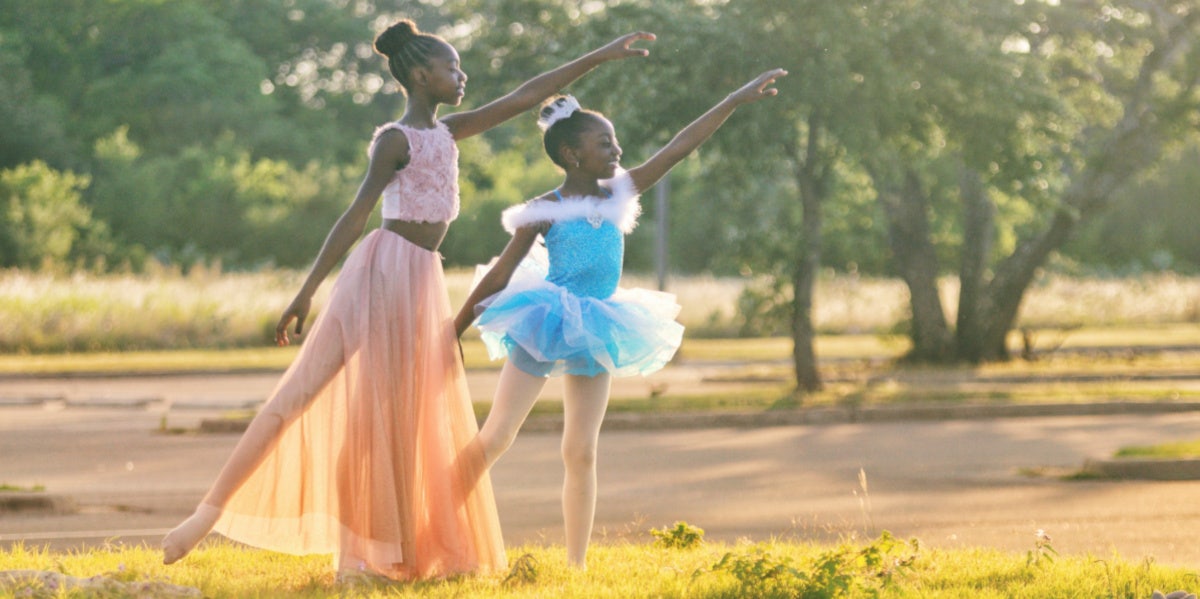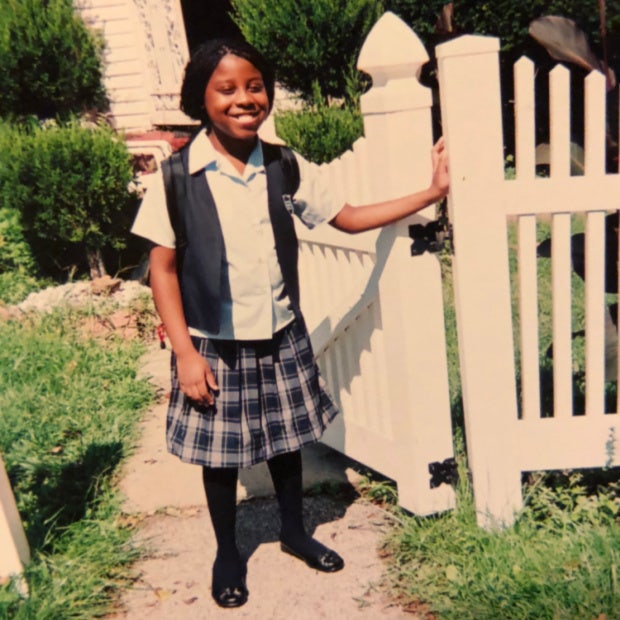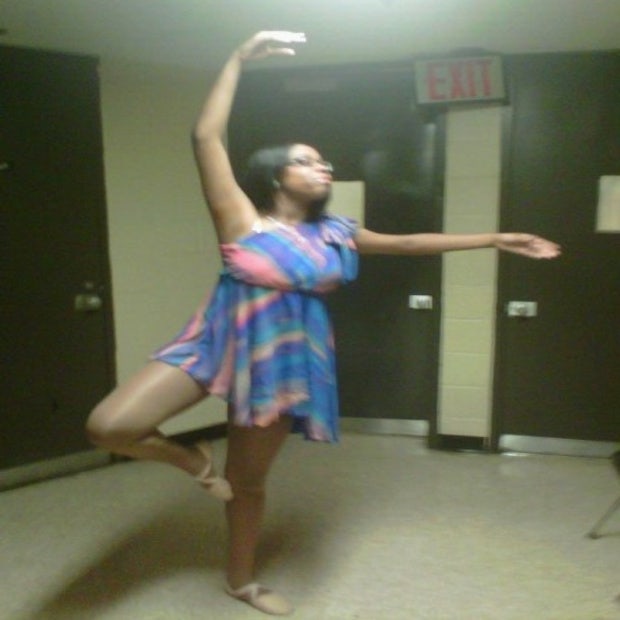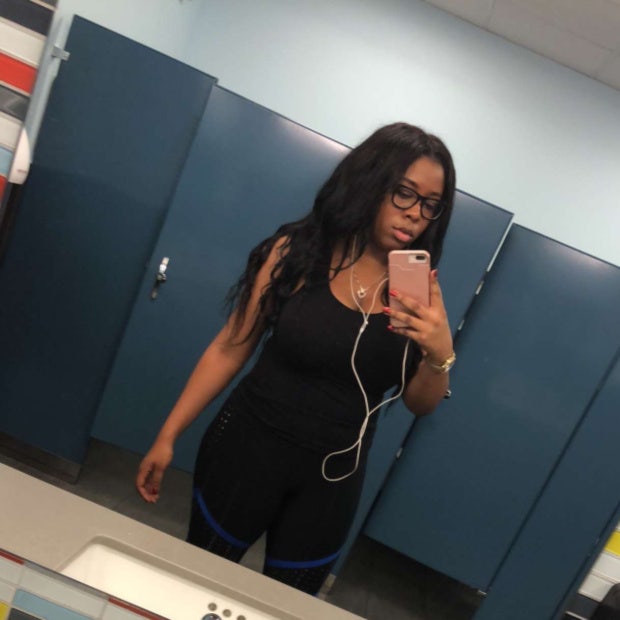How I Came To Love Myself As A Curvy Black Ballerina
When you look at images of Ballet dancers you rarely see curvy ballerinas, let alone Black women.
 IIONA VIRGIN / Unsplash
IIONA VIRGIN / Unsplash By Bianca Rosembert
I will let you in on a little secret: Everyone struggles with body image.
For someone who was a dancer from the age of 8 to 16, I struggled to see my body change as a woman.
As a child, I was a skinny. I could eat whatever I wanted and never paid for it. I was also very active.
I started Ballet at age 7 or 8, swam every other week at summer camp, and participated in several other activities that kept me really busy throughout my childhood.
 Photo courtesy of the author
Photo courtesy of the author
As I got older, I left camp, quit dance classes and my schedule got busier. Life just got in the way. Before I knew it I was taller and fuller. I had a big bust and was simply not who I used to be.
When you look at the images of Ballet dancers you rarely see full-figured women, let alone black full-figured women.
My smaller frame as a child was enough to keep me going but once I gained weight I stopped dancing. I felt embarrassed to dance again because no one looked like me.
Even though my Ronde de Jambes were still graceful and I could still Grand Jeté across the floor in a sequence, I was not confident.
 Photo courtesy of the author
Photo courtesy of the author
Then, one amazing thing happened. Misty Copeland became the first female black Principal Dancer in American Ballet Theatre dance history and the second black person to be granted Principal Dancer of a company overall!
Raven Wilkinson, a dancer with the ballet Russe De Monte Carlo, was asked to dance in Whiteface.
This says a lot about the Ballet world and who is celebrated in Classical Ballet.
For many years, Ballet was an art form tailored and molded around white women with slender figures. Light-skinned black women who fit the slender frame were forced to wear skin brightening makeup to make them appear white so they wouldn’t “stick out.”
To this day, it is hard to find brown flesh-toned tights and shoes.
These exclusive ideals have been held true for centuries and have made it very difficult for talented black dancers to flourish. But 10 years ago, things really started to change.
Copeland details her brave journey in A Ballerina’s Tale. She was a curvy black girl who started learning ballet at the age of 13 and broke barriers in a white-dominated art form while battling social isolation and injuries.
This documentary was so inspiring to me and it gave me the confidence to do what I loved again, despite every stereotype that fought against me.
Eventually, I discovered how to reclaim my body.
I learned I could be whomever I wanted to be without punishing myself for changing or being a black women.
 Photo courtesy of the author
Photo courtesy of the author
I re-enrolled into Ballet classes in college, started going to the gym and being the active person I used to be. I wasn’t doing it to change my body, I did it because I loved being a dancer. While I was re-learning the techniques of classical Ballet, I also learned to love myself, all thanks to Copeland’s courage.
Realize who you are in this world. You have something no one else has and no one can take that away from you.
I realized that one thing was my spirit and appreciation for the things that made me happy.
Bianca Rosembert is a writer whose work focuses on relationships, lifestyle, and pop-culture topics. For more of her content, visit her author profile on Unwritten.

